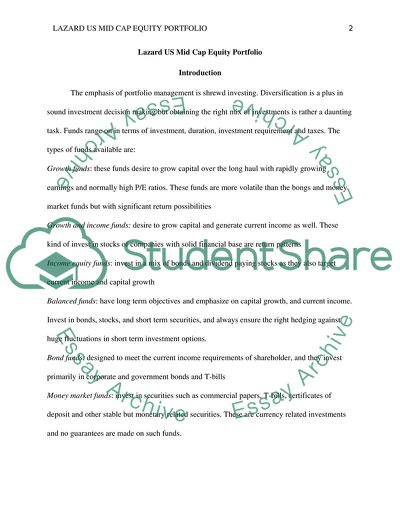Cite this document
(Lazard US Mid Cap Equity Portfolio Case Study Example | Topics and Well Written Essays - 1750 words, n.d.)
Lazard US Mid Cap Equity Portfolio Case Study Example | Topics and Well Written Essays - 1750 words. https://studentshare.org/finance-accounting/1775298-case-3
Lazard US Mid Cap Equity Portfolio Case Study Example | Topics and Well Written Essays - 1750 words. https://studentshare.org/finance-accounting/1775298-case-3
(Lazard US Mid Cap Equity Portfolio Case Study Example | Topics and Well Written Essays - 1750 Words)
Lazard US Mid Cap Equity Portfolio Case Study Example | Topics and Well Written Essays - 1750 Words. https://studentshare.org/finance-accounting/1775298-case-3.
Lazard US Mid Cap Equity Portfolio Case Study Example | Topics and Well Written Essays - 1750 Words. https://studentshare.org/finance-accounting/1775298-case-3.
“Lazard US Mid Cap Equity Portfolio Case Study Example | Topics and Well Written Essays - 1750 Words”. https://studentshare.org/finance-accounting/1775298-case-3.


